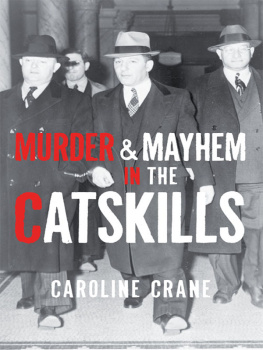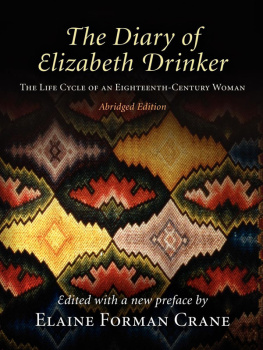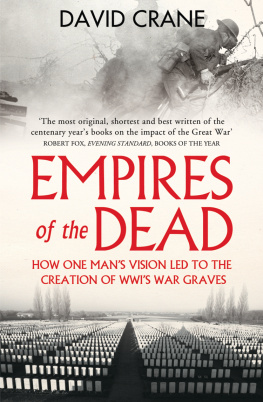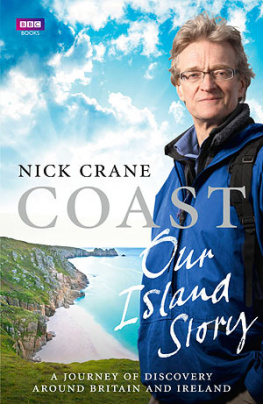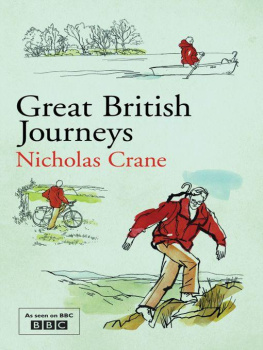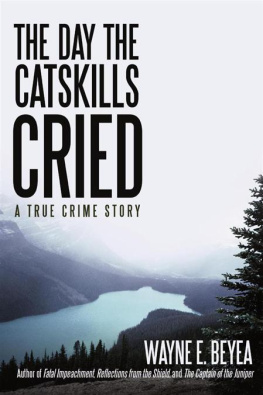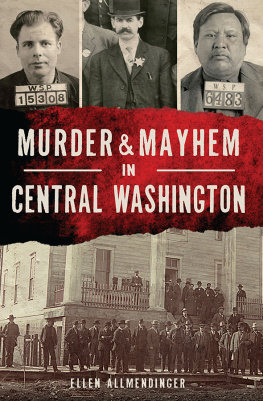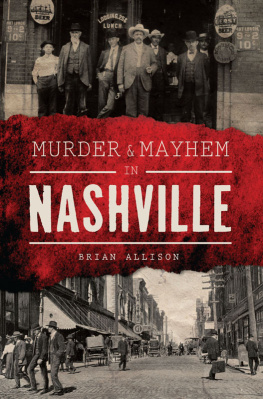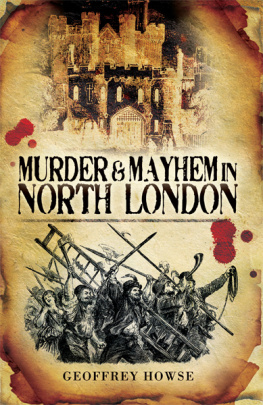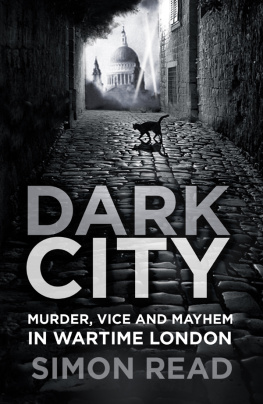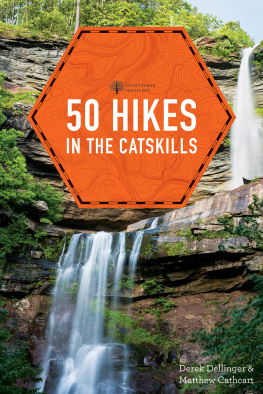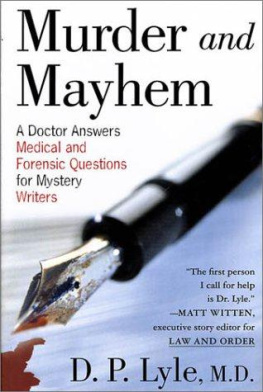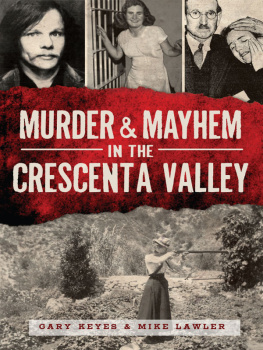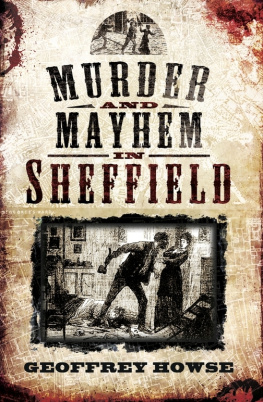
Published by The History Press
Charleston, SC 29403
www.historypress.net
Copyright 2008 by Caroline Crane
All rights reserved
Cover design by Marshall Hudson
First published 2008
Second printing 2012
e-book edition 2012
ISBN 978.1.61423.427.2
Library of Congress Cataloging-in-Publication Data
Crane, Caroline.
Murder and mayhem in the Catskills / Caroline Crane.
p. cm.
Includes bibliographical references.
print edition ISBN 978-1-59629-548-3
1. Crime--New York (State)--Catskill Mountains--History--Anecdotes. 2. Murder--New York (State)--Catskill Mountains--History--Anecdotes. 3. Violence--New York (State)--Catskill Mountains--History--Anecdotes. 4. Criminals--New York (State)--Catskill Mountains--Biography--Anecdotes. 5. Curiosities and wonders--New York (State)--Catskill Mountains--Anecdotes. 6. Catskill Mountains (N.Y.)--History--Anecdotes. 7. Catskill Mountains (N.Y.)--Biography--Anecdotes. I. Title.
HV6795.C397C73 2008
364.15230974738--dc22
2008029066
Notice: The information in this book is true and complete to the best of our knowledge. It is offered without guarantee on the part of the author or The History Press. The author and The History Press disclaim all liability in connection with the use of this book.
All rights reserved. No part of this book may be reproduced or transmitted in any form whatsoever without prior written permission from the publisher except in the case of brief quotations embodied in critical articles and reviews.
CONTENTS
ACKNOWLEDGEMENTS
This book was not as easy to write as I expected. The Catskill Mountains are basically a pleasant place. There is not much murder and mayhem going on. Eventually, however, I found enough cases to write about that I hope will prove as interesting to readers as they did to me. I was greatly helped in this endeavor by the gangsters of the 1930s and 40s who, aside from enjoying vacations in the mountain area, also used it for their illegal operations, their murders and for disposing of the results of those murders.
More recently, otherand more law-abidingindividuals gave me enormous assistance. I would like to thank John Conway, the Sullivan County historian, who provided some of the background material as well as a number of illustrations. Frances Crane did a noble job of preparing the photographs for print. Joseph Morgan supplied both a story and the accompanying pictures. James Ryo Kiyan created the map of the Catskills area seen at the front of this book and photographed the Stone Arch Bridge, where one of the more preposterous murders took place.
I would also like to thank Frank Rizzo of the Sullivan County Democrat and Steve Hopkins of the Saugerties Times for their permission to use material from their papers. My gratitude to all of you for your very valuable assistance.
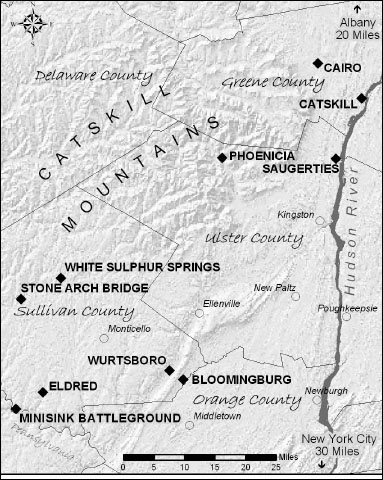
Map by James Ryo Kiyan.
INTRODUCTION
The Catskill Mountains are home to the residents of several New York State counties. To many others, they are a popular recreation area offering diversions for every season of the year.
Catskill history has its dark side as well. The beasts of the forests are not the only ones that prey on each other. All too often human beings do as well. The causes of murder are many. In fact, it can be tritely said that there are as many causes as there are murderers. Each person has his individual take on things and his individual reaction to events both great and small. Basically, however, that list can be boiled down to a few motivations, such as greed, revenge, a need for power, a need to escape from power Even a basic list can grow. Killing might result from war, as in the first chapter of this book, on the border wars and the American Revolution. In all these cases, life, which ought to be held sacred, is cheap. Its the mind of the murderer, the idea of someone willing to deprive another person of life, that never ceases to fascinate. Which is why we keep reading about murders.
In the early decades of the twentieth century, murder became a business. Aside from Brooklyn, another place seriously affected by this was the Catskill region. Gangsters were already acquainted with these mountains. They liked to vacation here. Because they were often in the area, its where many of their murders took place. Not only was there plenty of unused land for burying bodies, there were all the lakes as well. That was easier than trying to dig through tree roots. Weigh down a body so it doesnt rise to the surface, dump it in a lake and who would ever know? On that they occasionally miscalculated, to the horror of innocent vacationers. Walter Sages and Maurice Carrillots bodies were two that surfaced. From those events, the professional killers of Murder, Incorporated undoubtedly learned their lesson.
In the days of Prohibition, from 1920 to 1933, the gangsters raked it in with bootlegging and illegal brewing. When Prohibition ended, they had to find other ways to make a profit. Racketeering was always good. There were many ways of doing that, and many places in which to do it. Slot machines were rife in the Catskills. So were rivalries and murders. After a while the big crime bosses decided that rivalry and murder were not the way to go, and that they would all do better if they united the various factions into one whole. They called it the Commission or the Combination. Another term for it was Syndicate.
For its own protection, the Syndicate had a strict code of laws that had to be obeyed and could not be revealed. Anyone guilty of infraction either way was asking for trouble. With those rules laid down, the murder rate dropped, although it did not disappear entirely. The heyday of gangsterism in the Catskills faded away. The heyday of the giant Borscht Belt resorts came and also eventually faded.
Still, being the imperfect creatures that we are, humans continue to murder and probably always will. It doesnt take a gangster, or gang rivalry, to cause death. That is evident in the final chapter, Murder and Mayhem in the Modern Era.
First in that section is the Reverend LeGrand, who presided over a church in Brooklyn and a summer camp in the Catskills. He also had some questionable working methods and some questionable personal habits. When he felt his secrets were about to be spilled, he had a way of dealing with that.
There was the son who killed his parents when they tried to get him off drugs. There were men who killed their girlfriends, husbands who killed wives and wives who killed husbands. Even earlier, there was the legendary (but all too real) hex murder that came about for no other reason than ignorance and superstition. And there was the recent release of Dr. Charles Friedgood, who performed his evil deed on Long Island but, as a result, spent almost half his life as one of the Catskills ownin prison.
All these people had their reasons for doing what they did. Some may have regretted it afterward, others not. Usually the killers made some attempt to conceal their crimes. Thats not always an easy thing to do. People killing in the heat of passion often fail to plan ahead. They find themselves, appallingly enough, with a body on their hands. At other times, the killer might come within an inch of getting away with it. Then it turns out he made one seemingly insignificant mistake. That was the case with Hal Karen, who provides the final murder story in our book.
EARLY BLOODSHED
Human beings have been shedding one anothers blood since long before history began. The cause may be just, or it may not. When it isnt, people are capable of convincing themselves that it is. In wartime, this can happen on a mass scale.
Next page
